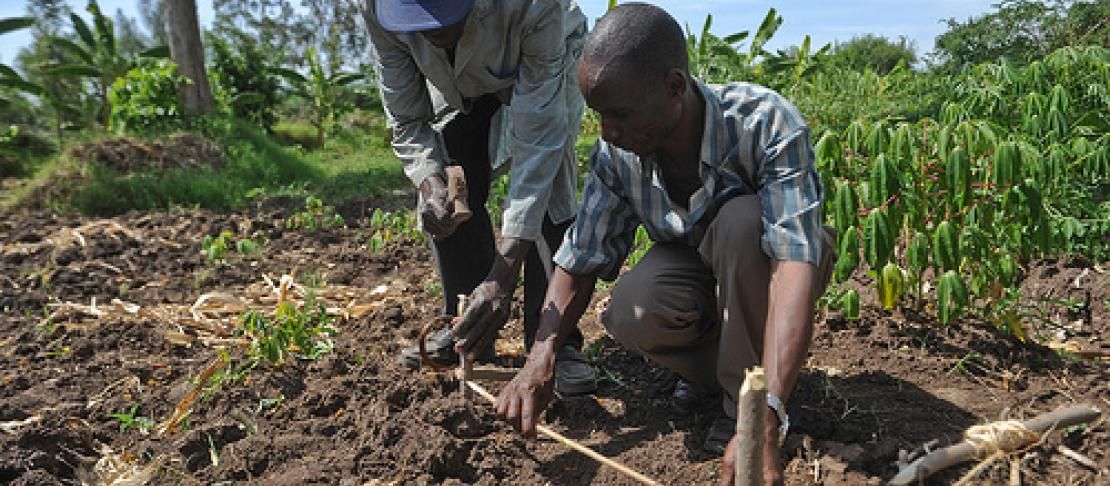How do you assess climate change adaptation options for farmers? Lessons from AgMIP

Small-scale subsistence farmers need good adaptation strategies so they can cope with climate change. Researchers have tried and tested a range of climate-smart tools and approaches, but the range of options can be baffling. Identifying the right adaptation strategy for a particular farming community means testing potential adaptation strategies against a number of variables, such as the the current the socio-economic scenarios of farmers and the expected impacts of climate change
Lieven Claessens, a researcher at the International Crops Research Institute for the Semi-Arid Tropics (ICRISAT), is leading the way in developing approaches for studying adaptation options. As part of the CGIAR Research Program on Climate Change, Agriculture and Food Security (CCAFS), Lieven has been participating in the Agricultural Model Improvement and Intercomparison Project (AGMIP), and he presented results from East Africa at the recent Global Science Conference on Climate Smart Agriculture.
WATCH
Lieven Claessens speaks about the challenges of working with uncertain data, and how researchers are working together with farmers to ensure that results are meaningful and useful.
This work is producing new insights into how different adaptation strategies could enhance the resilience and livelihoods of smallholder farmers in East Africa.
The AGMIP tool takes into account a complex range of factors, including the biophysical context (what is grown and how, ecosystem health, precipitation); economic data (access to, and cost of, farm inputs, labour, land; and income); climate change projections and their effects on productivity, and more. The analysis has yielded some useful insights for Vihiga in western Kenya and Machakos-Makueni in eastern Kenya, where climate change will negatively impact 76% and 62% of farmers respectively. In Machakos, where farmers grow a range of vegetables plus cash crops such as coffee and cotton), the researchers found that improved maize varieties and low-yielding dual-purpose sweet potato could help offset negative climate change impacts. Meanwhile in Vihiga, where farmers tend livestock as well as growing food crops, farmers could become more resilient by adopting improved animal feed and hardier livestock breeds.
View the poster
Vanessa Meadu is Communications and Knowledge Manager at the CGIAR Research Program on Climate Change, Agriculture and Food Security (CCAFS). This research was presented at the Global Science Conference on Climate Smart Agriculture, which took place at the University of California, Davis from 20-22 March 2013. Read more reports from the conference on our blog and on twitter @cgiarclimate using #climatesmart.



